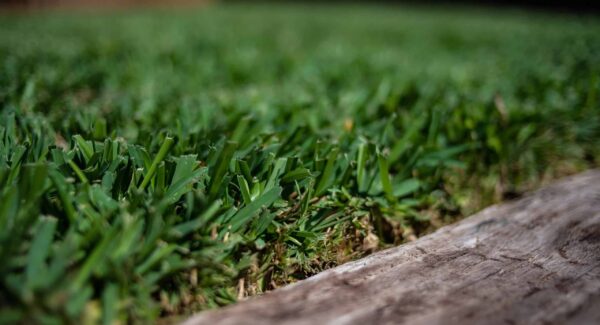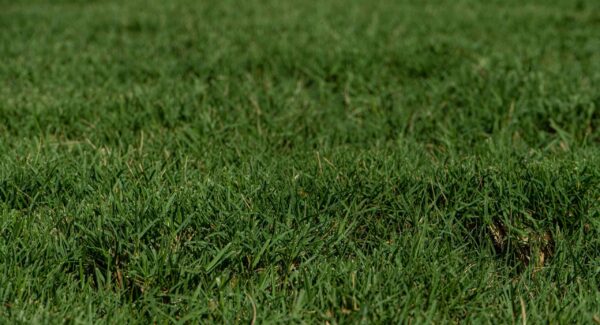Natural Grass Vs. Artificial Turf: Which is Better?
When synthetic turf first came onto the scene in the 1950s, some individuals believed that artificial grass would replace natural grass as the standard for lawns. In fact, plastic and synthetic manufacturing companies speculated that “evergreen” turf might eliminate the practice of mowing, water, and raking lawns in residential areas.
However, time has shown that this replacement never happened, and natural grass remains the standard for beautiful, well-manicured lawns. Looking at the top benefits of natural grass versus artificial grass can offer insight into why the natural option is the ideal choice for properties.
Key Considerations in Choosing Natural Vs. Artificial Grass
Look and Texture
Natural grass has a lush color, feel, and overall appearance. Because grass is a living organism, it naturally releases oxygen and can enliven the appearance of a property. And for some individuals, there is nothing better than the vibrant smell of freshly cut grass.
In contrast, many people simply cannot get past the look and feel of artificial grass. While high-quality natural grass feels excellent underfoot, synthetic grass can produce an unpleasant crunch and make unnatural rustling sounds. Natural grass may also provide better traction than artificial grass (which creates a type of “super-traction” that may feel slippery under some footwear).
Furthermore, natural grass is more likely to blend in with the landscaping and flora of the surrounding environment. For example, natural grasses match the regional climate and look effortlessly attractive in both shade and sunlight – As long as they are grown in their required light conditions. To achieve a similar look with artificial grass, you must purchase a high-end version blended with multicolored blades to mimic natural vegetation. There is also no guarantee that artificial grass will perform well under sunlight or different weather conditions.
Cost
Many people are surprised to learn that artificial grass installation costs significantly more than natural sod. The reason is that artificial grass requires a contractor to dig up the old yard or lawn, pour and layer sand, and install rubber pellets for stabilization. Following this process, the property owner must purchase the artificial grass for installation.
Suppose you intend to install high-quality artificial grass that does not resemble a science-fair project. In that case, you should expect to pay a decent amount of money for synthetic grass. Hiring contractors for this process also requires budgeting, and repairs for improperly installed artificial turf can also add up. It is also important to note that if you ever decide to stop using artificial turf, the end-of-life disposal of artificial grass is much more expensive than natural grass.
In contrast, installation or upgrade of natural sod has a lower cost. To be fair, natural grass does incur ongoing costs for mowing, watering, and pest control. However, an Environmental Protection Agency (EPA) report found that combined prices tend to be lower overall for natural grass.
Environmental
Natural grass may also have ecological and health benefits over artificial grass. For starters, natural grass is a plant that absorbs carbon dioxide while releasing oxygen for humans and animals to breathe. Natural grass acts as a biological filter for groundwater and hosts microorganisms that break down organic waste material. Natural grass has a cooling effect on the environment and may help reduce the impact of soil erosion.
In contrast, synthetic grass does not release oxygen or break down organic waste. While natural grass acts as a coolant, artificial grass absorbs and traps heat, leading to higher air-conditioning costs. While there are concerns about pesticides used on natural grass, there are also risks associated with antimicrobial treatments used on artificial grass. These antimicrobial treatments can be toxic to the environment.
In fact, the Occupational Safety and Health Administration advises that contractors should not breathe in the sand used to install artificial grass due to the risk of delayed lung injury. While one clear environmental benefit of producing artificial grass is that it can use recycled materials, synthetic grass can never decompose on its own. If the owner fails to recycle, synthetic turf will sit in a landfill at the end of its useful life. In contrast, natural grass repairs and regenerates itself, encouraging a healthy, thriving ecosystem in the soil in which it is planted.
Conclusion
There are practical benefits and some drawbacks for both natural and synthetic grass. On the whole, however, the comparison shows that there is no suitable replacement for fresh, vibrant, and natural grass. Contact The Grass Outlet with any questions or order online today.





